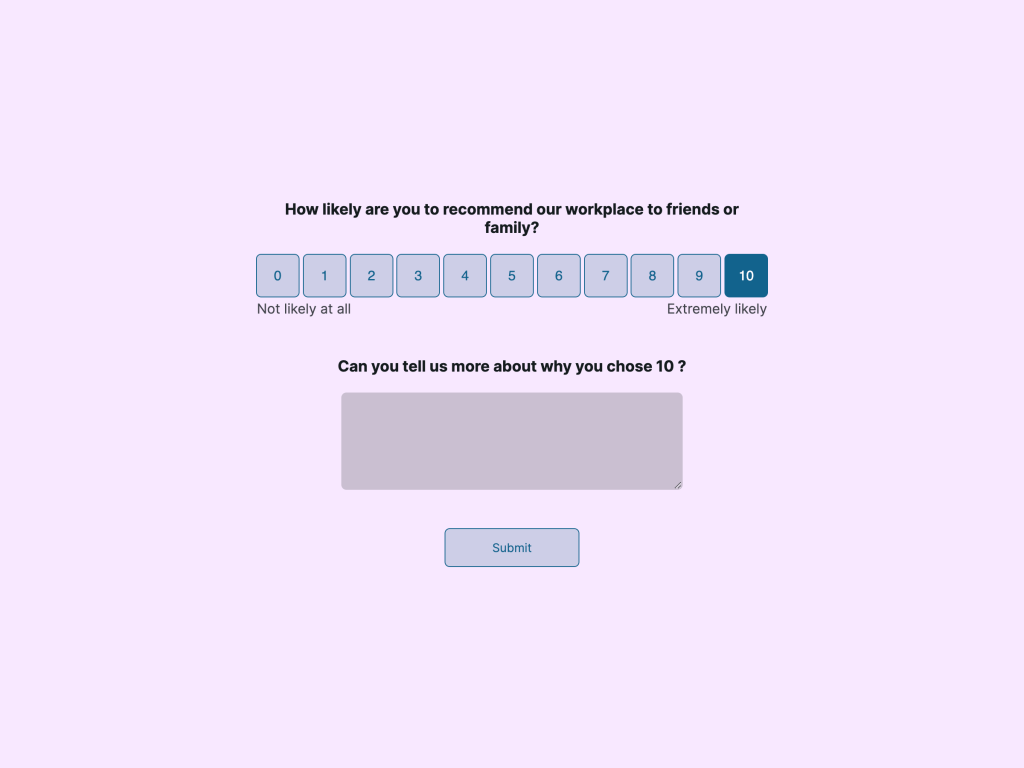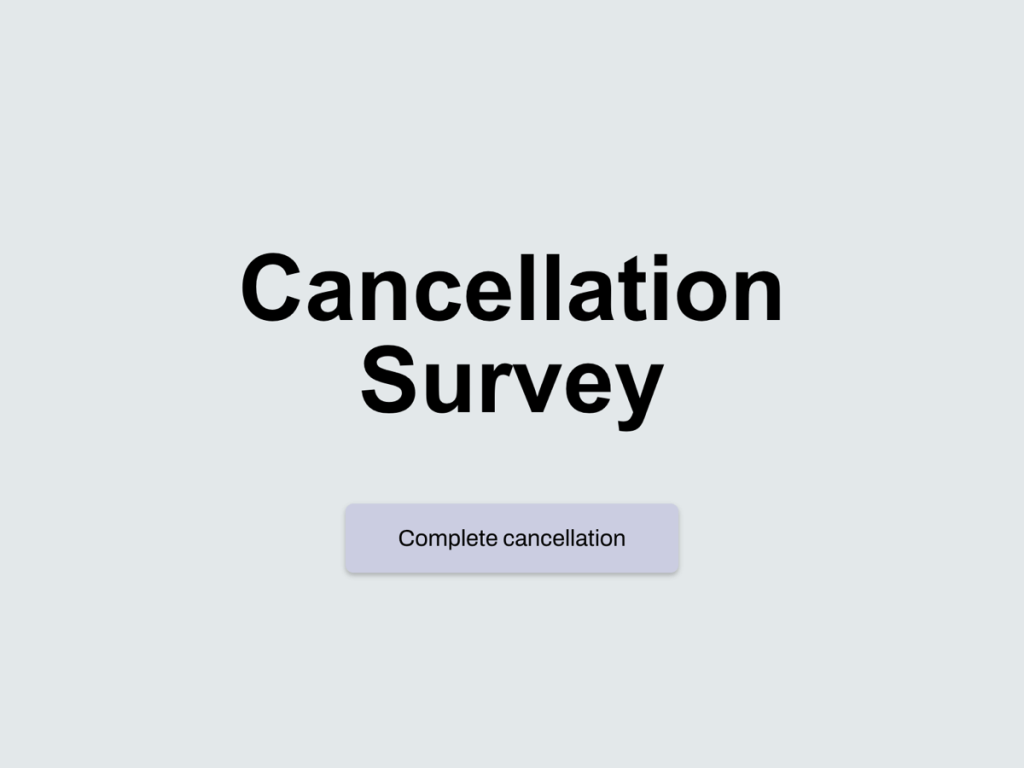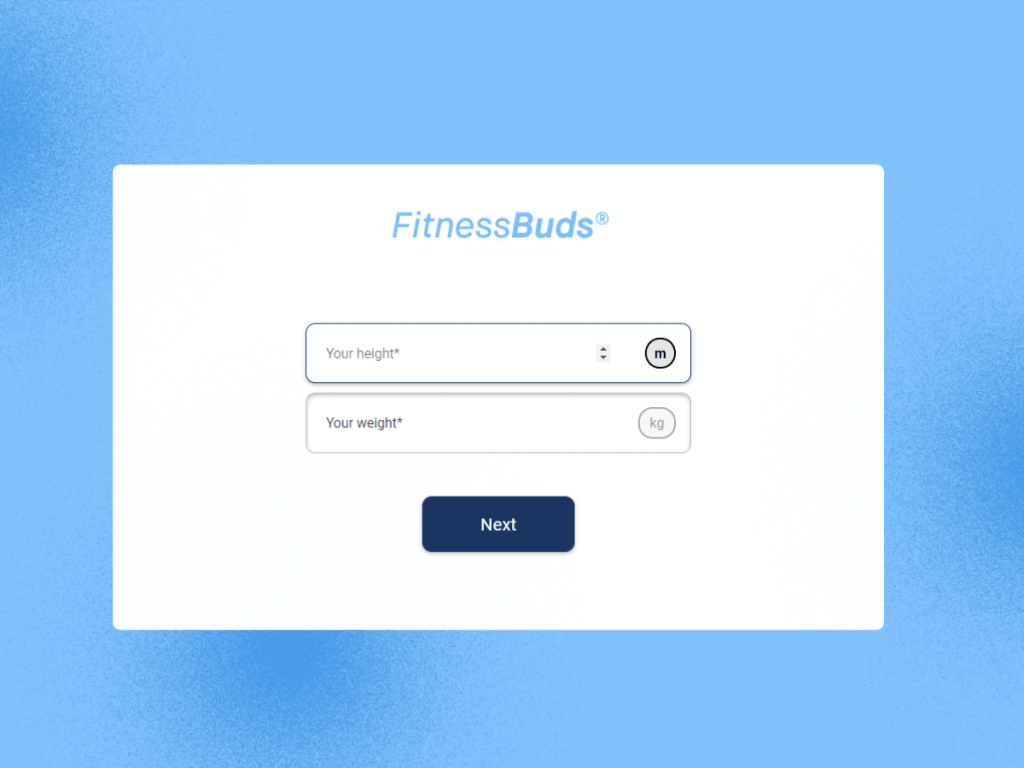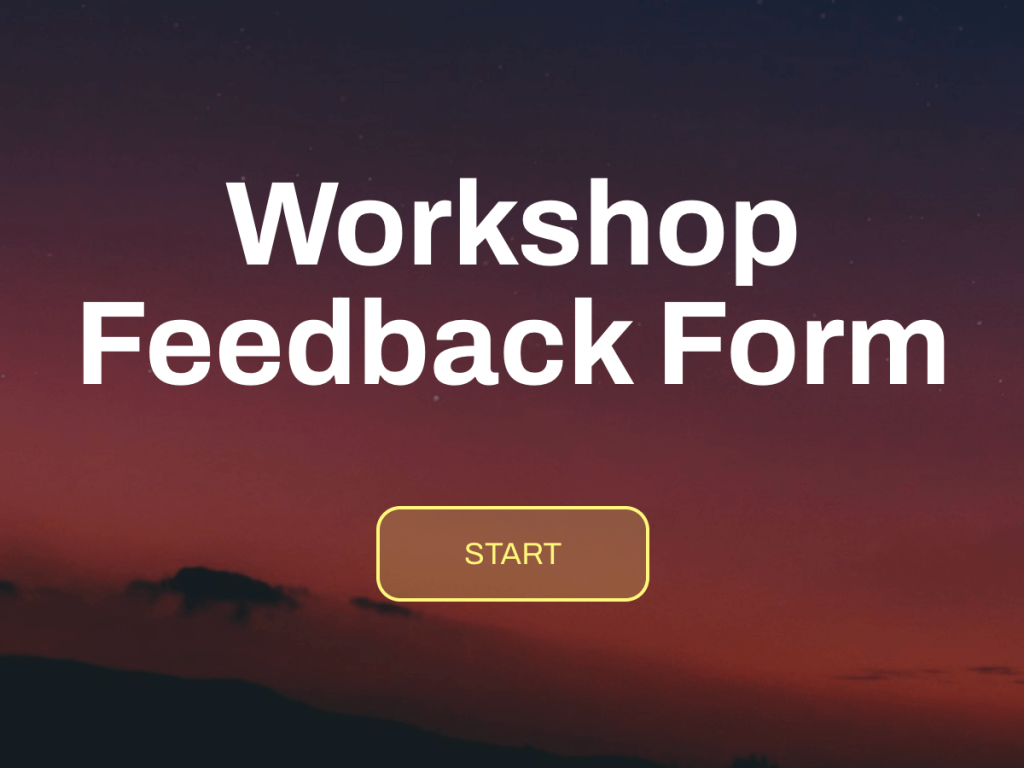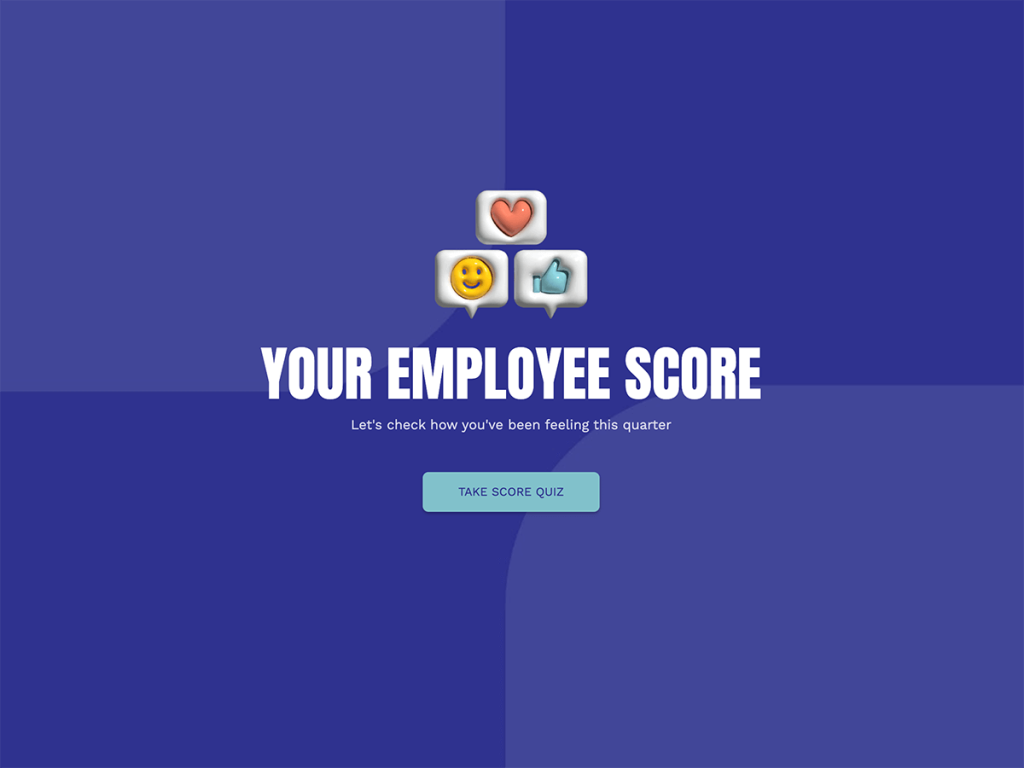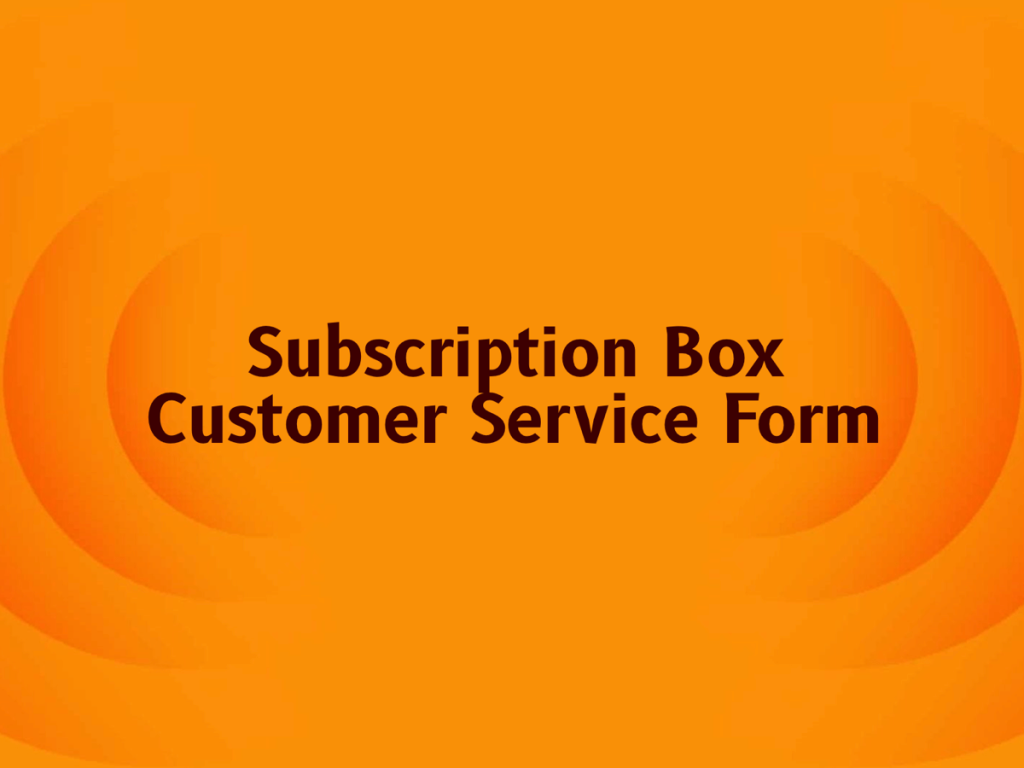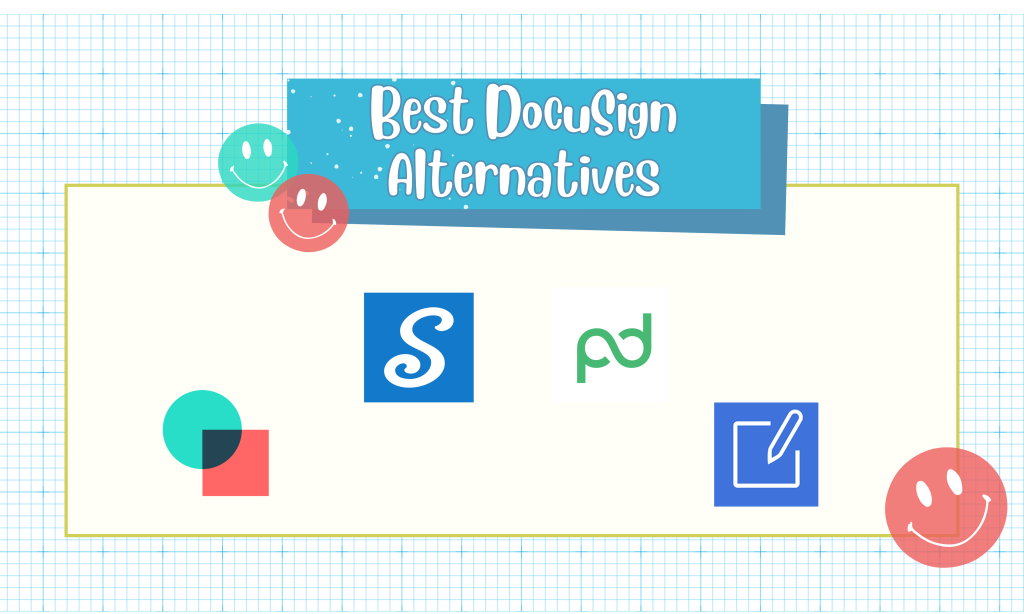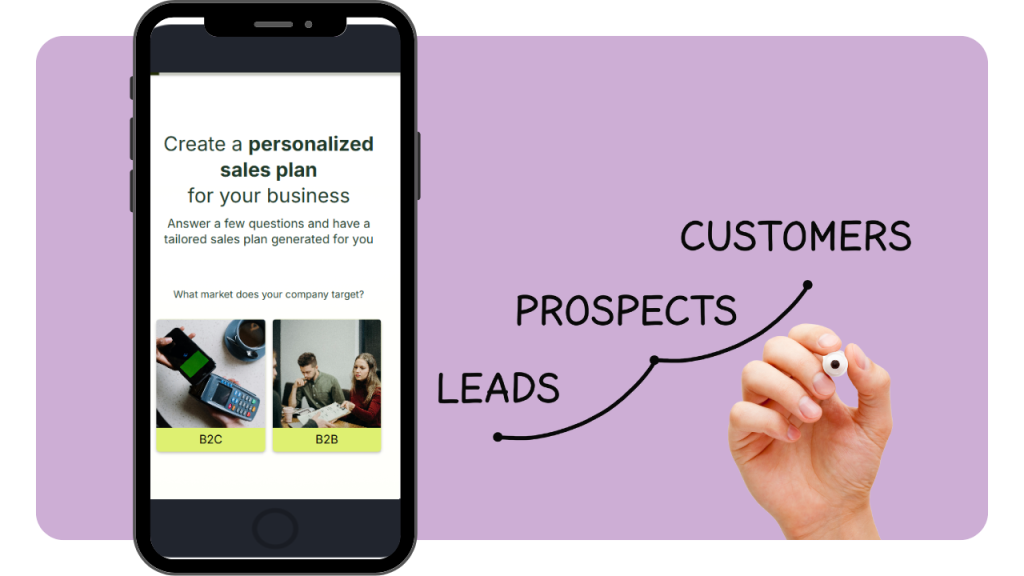Today, simply offering a good product isn't enough, what truly sets businesses apart is how well they listen to and act on customer feedback. Gathering customer service insights has become a critical part of driving growth and staying ahead of the competition.
Whether it’s a quick rating after a live chat or a detailed form sent post-purchase, the right survey questions can help you measure customer satisfaction, identify pain points, and build long-term customer loyalty.
Using structured customer satisfaction surveys, you not only collect useful data but also show your customers that their own words matter. It’s how you build a feedback-driven culture and continuously improve your service quality.
In this guide, you’ll learn:
How to write effective customer satisfaction survey questions
100+ categorized examples you can copy or customize
The best templates to use for different stages of the customer journey
Tips and tools to gather feedback, increase response rates, and gain insights from survey data
What Is a Customer Service Survey?
A customer service survey is a structured way of collecting customer feedback after a support interaction. Its primary purpose is to understand the customer experience during service-related touchpoints, whether that’s through live chat, email, phone, or in-app assistance.
Businesses can uncover how well issues were resolved, how helpful the customer service representative was, and whether the overall interaction met the customer’s expectations just by asking the right customer loyalty questions.
Purpose of a Customer Service Survey
Track customer satisfaction score over time
Identify service bottlenecks and common pain points
Improve agent training and overall service quality
Measure satisfaction at specific customer journey stages
Gather real-time insights to guide product or policy improvements
Customer Service Vs. User Satisfaction Surveys
It's important to distinguish between two key types of surveys:
Customer Service Satisfaction Surveys
These focus specifically on support interactions, like how the issue was handled, if it was resolved, and how the customer service team performed.
They include questions like:
“Was your issue resolved during this interaction?”
“How satisfied are you with the help you received from our support agent?”
These help businesses measure overall satisfaction with recent customer service experience.
User Satisfaction Surveys
These explore the customer’s broader relationship with the product or service.
They include questions like:
“How satisfied are you with our product features?”
“How easy is it to navigate our platform?”
While both are forms of customer satisfaction surveys, they serve different purposes in the customer lifecycle and should be used at different times.
When Should You Use Customer Service Surveys?
Timing is everything when it comes to collecting accurate feedback. Here are ideal touchpoints for sending out surveys:
Immediately after a support ticket is resolved
At the end of a live chat or phone call
Post-purchase, especially if support was involved
After onboarding or during product activation
During customer health check-ins or quarterly reviews
Choosing the right moment ensures better response rates and more valuable insights from your survey data.
Why Should You Use Customer Service & User Satisfaction Surveys?
Here are some of the top reasons:
Identify What’s Working and What’s Not
Not all service issues are obvious. Surveys help you uncover hidden pain points and understand which touchpoints frustrate or delight your customers. If you’re measuring a recent customer service experience or long-term usage trends, satisfaction survey questions help reveal both strengths and weak spots.
Example: A sudden drop in customer satisfaction survey results could signal an issue with a new support process or product change.
Quantify the Customer Experience (CX)
Using metrics like:
Customer satisfaction score (CSAT)
Customer effort score (CES)
…you can turn subjective feelings into measurable insights. These scores allow you to benchmark performance, track changes over time, and understand how customers perceive your brand and customer service team.
Improve Agent Performance and Training
By gathering detailed feedback on individual agents or support interactions, you can pinpoint areas for coaching, celebrate top performers, and personalize your customer service representative training programs.
A strong customer feedback loop helps your support team understand expectations and deliver a more human, helpful experience.
Drive Product or Service Improvements
User-facing surveys help you go beyond support and collect actionable insights about:
Feature usability
Onboarding hurdles
Common complaints
Emerging customer preferences
This helps teams across product, marketing, and sales gain insights that improve overall service quality and feature development.
Reduce Churn and Build Loyalty
Ultimately, the goal of creating customer satisfaction surveys isn’t just to collect data, it’s to keep satisfied customers. When you gather feedback regularly and respond with action, you:
Strengthen customer loyalty
Reduce churn
Improve retention across all customer segments
Customers who feel heard are more likely to become loyal customers, advocate for your brand, and stick with you long-term.
Create your own online surveys
Get started with 300+ templates
Best Practices for Writing Customer Satisfaction Survey Questions
Crafting effective customer satisfaction survey questions requires more than just picking from a list, you need to ask the right questions, at the right time, in the right format. Whether you're designing a customer satisfaction survey template or refining your existing forms, following a few best practices can help you collect accurate feedback that drives action.
1. Keep It Short, Focused, and Clear
The best customer surveys respect your audience’s time. Aim for 3–5 questions maximum, and ensure every question serves a purpose. Avoid jargon or double-barreled questions.
Tip: Short surveys have higher completion rates and more qualitative data from open-ended responses.
2. Match the Format to the Goal
Use different question types based on what you're trying to learn:
Use multiple choice questions for quick segmentation
Use rating scales to measure customer satisfaction
Use open-ended questions to gather detailed feedback in the customer’s own words
This mix helps you collect both quantitative data and richer customer insights.
3. Personalize Based on Context
Customize your customer satisfaction surveys to fit different scenarios:
Post-chat: Focus on customer service experience
Product survey: Ask about customer expectations and usability
Quarterly feedback: Include customer effort score
This ensures you're not asking generic or irrelevant survey questions, you’re tailoring them to specific parts of the customer lifecycle.
4. Send Surveys at the Right Moment
Timing plays a critical role in getting high-quality survey data. Common triggers include:
Immediately after a support team interaction
After a product trial or onboarding
Following a major feature update
Well-timed surveys allow you to collect feedback while the experience is still fresh, which leads to more valuable insights.
5. Use the Right Survey Tool
Choose a survey tool that allows:
Logic jumps and conditional flows
Integrations with your CRM or helpdesk
Easy customization of templates
Access to real-time customer satisfaction survey results
Tools like involve.me can help you create good customer satisfaction surveys quickly, without needing to code.
6. Close the Loop
If a customer takes the time to share their thoughts, acknowledge it. Thank them, act on feedback, and let them know their voice made a difference. This reinforces your brand reputation and builds trust with both new and existing customers.
100+ Customer Service Survey Questions Examples [Organized by Type]
Creating effective customer satisfaction surveys starts with knowing which types of survey questions to ask. Below, you'll find over 100 carefully categorized customer service satisfaction survey questions examples that help you collect feedback, evaluate your customer service team, and understand your target audience better.
These can be easily used in any customer satisfaction survey template to gather both quantitative data and qualitative data, offering a complete view of your customer satisfaction, customer sentiment, and customer experience.
1. Rating Scale Questions (CSAT – Customer Satisfaction Score)
Rating scale questions are the backbone of customer satisfaction surveys. They allow you to measure customer satisfaction using a numerical scale, usually 1–5 or 1–10, and are ideal for tracking changes over time.
Examples:
How satisfied are you with your recent support experience?
How would you rate the friendliness of our support agent?
How well did we resolve your issue?
On a scale of 1–10, how easy was it to get help from our customer service team?
How satisfied are you with the speed of resolution?

2. Yes/No Questions
Yes/no questions provide quick, binary responses that are easy to analyze and perfect for identifying whether expectations were met. They are a low-effort way to boost completion rates in your customer surveys.
Examples:
Was your problem resolved?
Was the support agent helpful?
Did you find the information you needed?
Was this your first time contacting our support team?
Would you recommend our service based on this interaction?
Great for identifying pain points in the customer service experience.
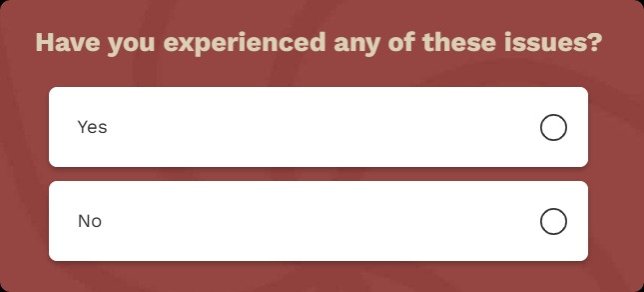
3. Multiple Choice Questions
Multiple choice questions make it easier to categorize and analyze survey data by giving customers predefined response options. They’re especially useful in general customer satisfaction surveys for segmenting your audience or identifying trends.
Examples:
What issue were you facing today?
Which channel did you use to contact us? (Live chat, Email, Phone, Social Media)
What type of support did you prefer? (Self-help, Human agent, Chatbot)
How long did it take to resolve your issue?
How often do you need to contact support?
These questions help you understand customer preferences and customer segments.
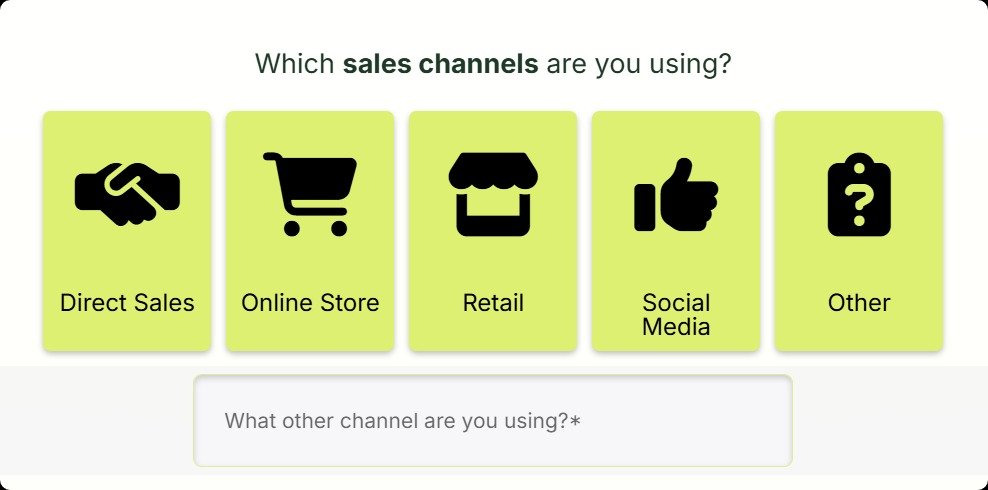
4. Open-Ended Questions
Open-ended questions are critical for capturing detailed feedback in the customer’s own words. They add depth to your feedback loop and reveal emotional drivers that structured responses may miss.
Examples:
How can we improve your experience?
Tell us about what went well (or didn’t) today.
Do you have any additional feedback for us?
What would have made your experience better?
Were there any unexpected challenges?
Use these to gain insights and discover patterns not visible in quantitative results.
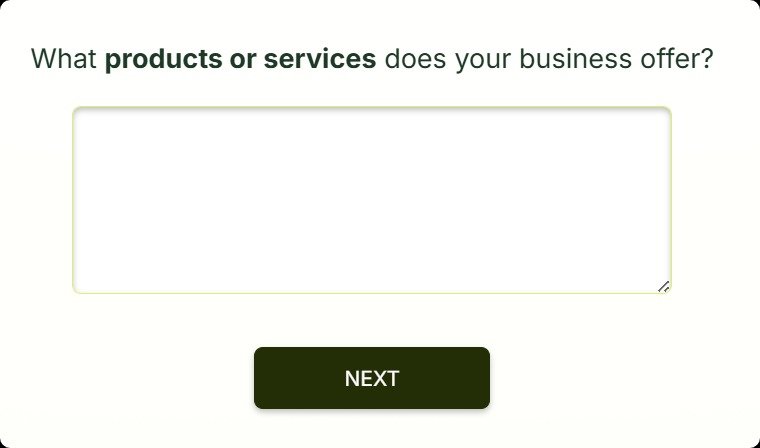
5. Opinion Scale Survey
The opinion scale survey is a globally recognized way to measure customer loyalty. It asks one central question about likelihood to recommend, and often includes a follow-up.
Examples:
How likely are you to recommend our company to a friend or colleague? (0–10 scale)
What’s the primary reason for your score?
What could we do to increase your score?
Have you recommended us before?
Helps track brand reputation, customer advocacy, and overall business growth.

6. Customer Effort Score (CES) Questions
The customer effort score is designed to assess how easy (or difficult) it was for the customer to get their issue resolved. Lower effort usually correlates with higher customer satisfaction.
Examples:
How easy was it to resolve your issue today?
The company made it easy for me to get help. (Strongly agree → Strongly disagree)
How much time did you spend resolving your issue?
How many people did you have to speak with before your issue was resolved?
Use these questions to streamline support and improve customer satisfaction.

7. Agent Evaluation Questions
These questions allow you to evaluate the performance of your customer service representative, and are ideal for creating customer satisfaction surveys aimed at improving team efficiency.
Examples:
Was the agent knowledgeable and professional?
Did the agent resolve your issue efficiently?
Would you like to interact with this agent again?
Did the agent make you feel heard and respected?
Was the agent able to answer all your questions?
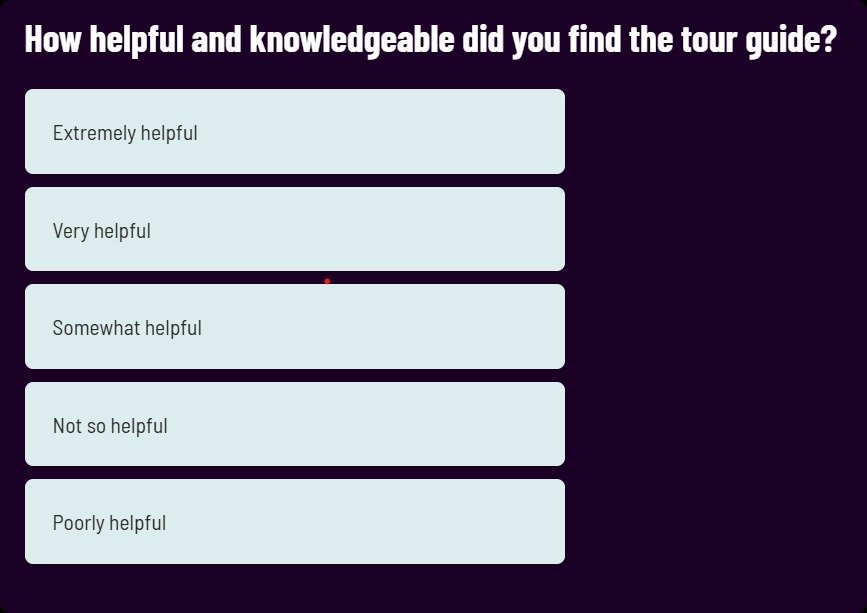
8. Product/Feature Feedback Questions (User Satisfaction Survey Examples)
These are not strictly about service, but are key to understanding customer expectations around the product itself, especially when a support ticket is tied to product issues.
Examples:
How satisfied are you with [Feature Name]?
How frequently do you use [Product/Feature]?
What would make this feature more helpful?
Did you need support to use this feature?
How intuitive did you find [Feature]?
These help teams evaluate customer preferences and align product development with user needs.
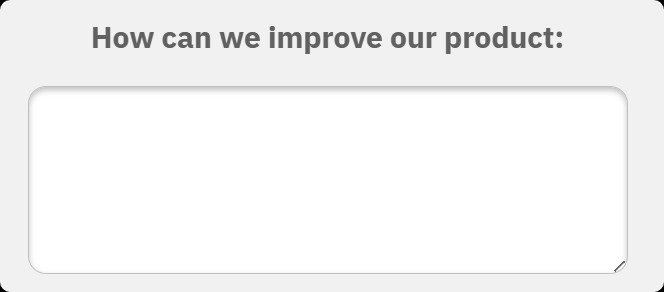
9. Onboarding/First-Time Experience Feedback
First impressions matter. These questions are essential for evaluating how effective your onboarding process is, especially for new users or first-time customers.
Examples:
Was the onboarding process easy to follow?
What confused you during your first experience?
How long did it take you to get started?
What resources were most helpful during onboarding?
What could we do to make onboarding easier?
Helps ensure a smooth customer lifecycle and reduce early drop-offs.
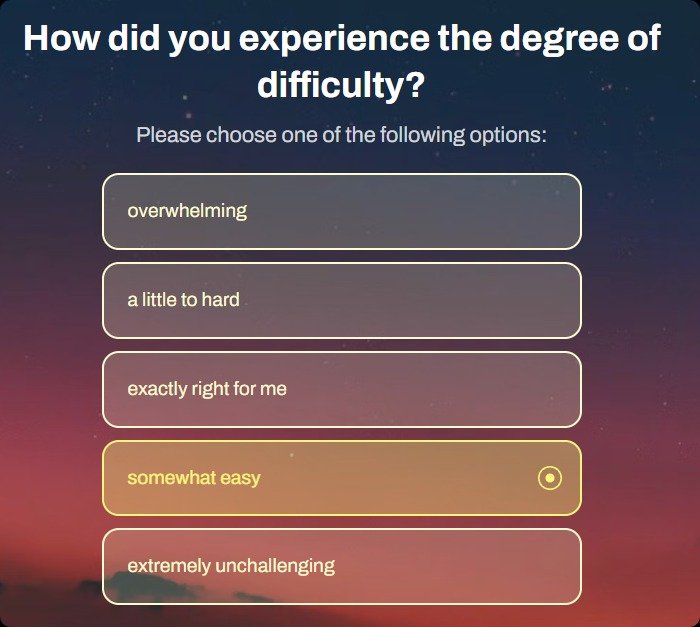
10. Demographic Survey Questions
These questions help you better understand who your customers are, enabling more personalized service. While they don’t measure customer satisfaction directly, they support deeper segmentation of your survey data.
Examples:
What is your age range?
What industry do you work in?
How frequently do you use our service?
How did you hear about us?
Tip: Always place demographic questions at the end of your satisfaction survey to avoid early drop-off.

Tips to Improve Survey Completion Rates
Even the most well-designed customer satisfaction surveys can fall short if people don’t complete them. Here are a few proven strategies to increase response and completion rates, so you can collect more reliable survey data and make confident decisions.
1. Keep It Mobile-Friendly
Most customers open emails or messages on mobile. If your customer satisfaction survey template isn’t optimized for small screens, you’ll lose valuable responses. Use a survey tool that’s responsive, with large tap targets and short-form layouts.
2. Add a Progress Bar
A visual indicator helps manage expectations and reduces drop-off. If customers know how many steps are left, they’re more likely to finish—even on longer satisfaction surveys.
3. Use Clear and Concise Language
Avoid jargon or overly formal phrasing. The goal is to make your survey questions simple and easy to understand, even for those outside your industry. Clear wording = better accurate feedback.
4. Offer Small Incentives (Optional)
A discount code, free resource, or entry into a giveaway can nudge more people to respond. It’s not always necessary, but especially useful when trying to gather detailed feedback from harder-to-reach customer segments.
5. Embed Surveys In-App or in Email Footers
Reduce friction by placing your customer survey questions exactly where customers are already engaged, right in your app, live chat, or email signature. The easier it is to access, the more likely they are to respond.
How to Create Customer Service Surveys
One of the best tools for creating high-converting customer satisfaction surveys is involve.me.
Why Use involve.me for Customer Feedback Surveys
involve.me is a popular survey maker designed to help businesses of all sizes build highly engaging, logic-based surveys that collect meaningful customer feedback at every stage of the customer journey.
Here’s how it helps:
1. No-Code Survey Builder
You don’t need to write a single line of code. Just drag and drop elements like:
Multiple choice questions
Rating scales
Open-ended text fields for detailed feedback
2. Conditional Logic & Personalization
With advanced logic features, you can:
Show or hide questions based on previous answers
Personalize follow-up based on user actions
Route customers to specific outcomes based on their customer sentiment
This ensures you're asking the most relevant survey questions to each customer segment, which improves engagement and completion rates.
3. Real-Time Analytics & Reporting
Once responses start coming in, involve.me provides visual dashboards with exportable data for CRM integration. These analytics help your support team take immediate action on accurate feedback and optimize future customer interactions.
🔧 4. Pre-Built Templates for Faster Launch
You can start with customizable templates tailored for:
Customer service satisfaction survey questions examples
Post-purchase feedback
Support agent evaluations
Onboarding experience feedback
5. Integrations & Automation
Connect your surveys with tools like:
HubSpot
Salesforce
Google Sheets
Slack
This ensures a smooth feedback loop across your entire tech stack and helps your customer support team understand exactly what’s working, and what’s not.
Conclusion: Turn Customer Feedback into Business Growth
The only way to consistently meet and exceed customer’s expectations is by asking the right customer survey questions, analyzing the survey data, and acting on the insights you gather.
With the help of the customer service satisfaction survey questions examples shared in this guide, you now have over 100 ways to capture real, unfiltered customer feedback.
Use involve.me to easily build dynamic, mobile-friendly customer satisfaction surveys that adapt to your audience and drive better response rates. Whether you're trying to understand your customer satisfaction score, improve your customer support team, or identify trends across different customer segments, surveys are one of the most powerful tools.
So start small. Pick a customer satisfaction survey template, add a few relevant satisfaction survey questions, and begin building a stronger brand.



